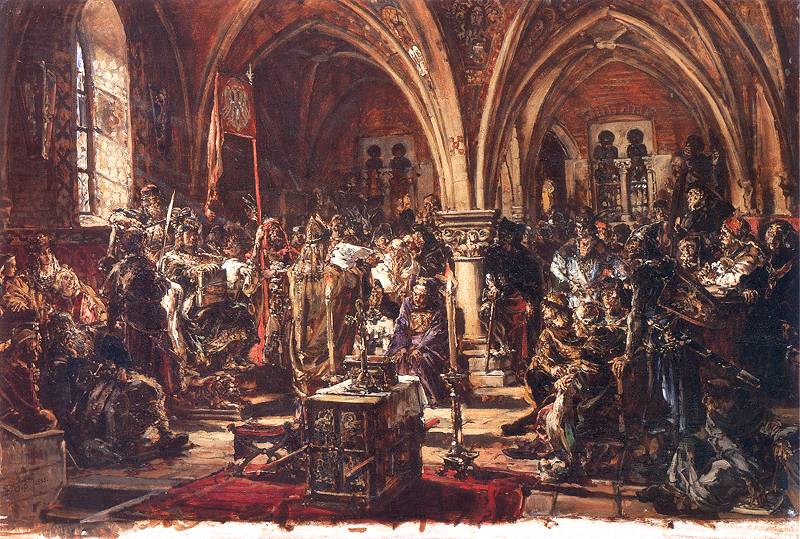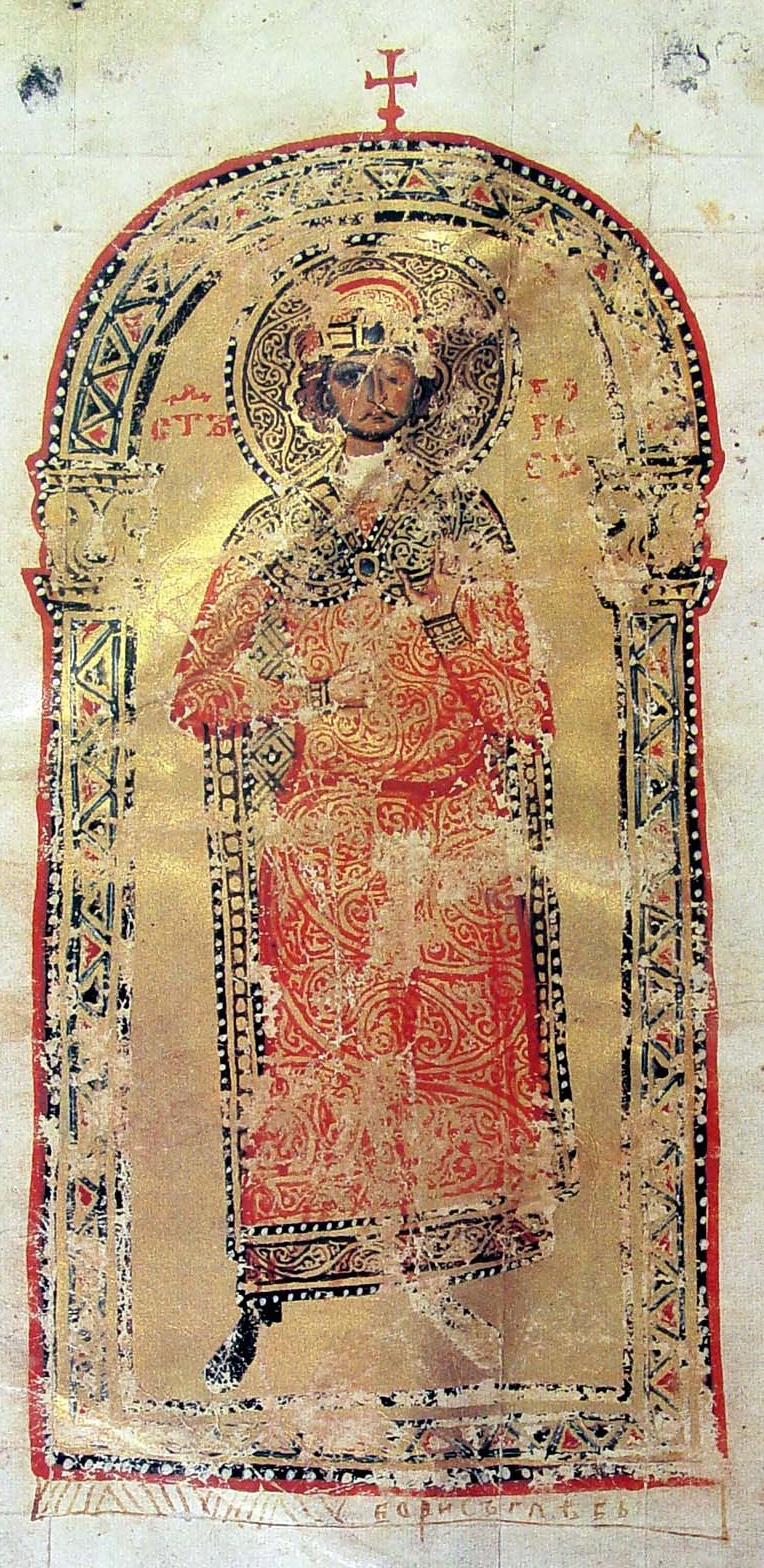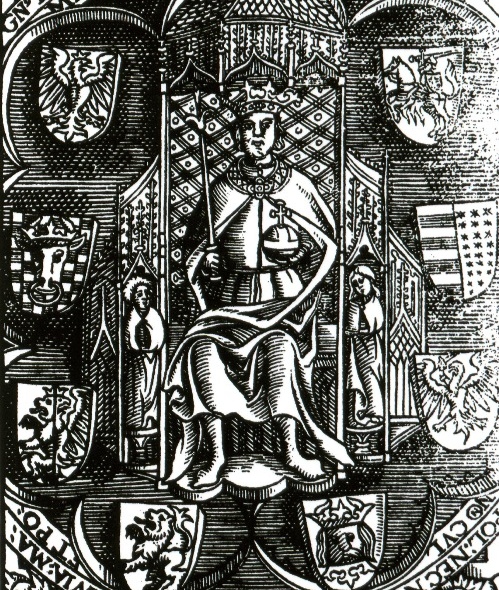|
Volhynian Voivodeship (1569–1795)
Volhynian Voivodeship (, , , ''Volynske voievodstvo'') was a unit of administrative division and local government in the Grand Duchy of Lithuania from 1566 until 1569 and of the Polish Crown within the Polish–Lithuanian Commonwealth from the 1569 Union of Lublin until the Third Partition of Poland in 1795. It was part of the Ruthenian lands in the Lesser Poland Province. Description The voivodeship was established based on the Łuck Eldership (starostvo) in 1566 with the Grand Duchy of Lithuania. Following the 1569 union of Lublin, it was ceded to the Crown of Poland as part of the Lesser Poland (Malopolska) Province. The capital of the voivodeship was in Łuck (presentday Lutsk), and it had three senators in the Senate of the Commonwealth. These were the Bishop of Luck, the Voivode of Volhynia and the Castellan of Volhynia. Volhynian Voivodeship was divided into three counties: Luck, Wlodzimierz and Krzemieniec. Local starostas resided in the three capitals of the count ... [...More Info...] [...Related Items...] OR: [Wikipedia] [Google] [Baidu] |
Grand Duchy Of Lithuania
The Grand Duchy of Lithuania was a sovereign state in northeastern Europe that existed from the 13th century, succeeding the Kingdom of Lithuania, to the late 18th century, when the territory was suppressed during the 1795 Partitions of Poland, partitions of Poland–Lithuania. The state was founded by Lithuanians (tribe), Lithuanians, who were at the time a Lithuanian mythology, polytheistic nation of several united Baltic tribes from Aukštaitija. By 1440 the grand duchy had become the largest European state, controlling an area from the Baltic Sea in the north to the Black Sea in the south. The grand duchy expanded to include large portions of the former Kievan Rus' and other neighbouring states, including what is now Belarus, Lithuania, most of Ukraine as well as parts of Latvia, Moldova, Poland and Russia. At its greatest extent, in the 15th century, it was the largest state in Europe. It was a multinational state, multi-ethnic and multiconfessionalism, multiconfessional sta ... [...More Info...] [...Related Items...] OR: [Wikipedia] [Google] [Baidu] |
Sejm
The Sejm (), officially known as the Sejm of the Republic of Poland (), is the lower house of the bicameralism, bicameral parliament of Poland. The Sejm has been the highest governing body of the Third Polish Republic since the Polish People's Republic, transition of government in 1989. Along with the upper house of parliament, the Senate of Poland, Senate, it forms the national legislature in Poland known as Parliament of Poland#National Assembly, National Assembly (). The Sejm comprises 460 Member of parliament, deputies (singular or ) elected every four years by Universal suffrage, universal ballot. The Sejm is presided over by a Speaker of parliament, speaker, the "Marshal of the Sejm" (). In the Kingdom of Poland (1385–1569), Kingdom of Poland, the term ''Sejm'' referred to an entire two-Chambers of parliament, chamber parliament, comprising the Chamber of Deputies (), the Senate and the King. It was thus a three-estate parliament. The 1573 Henrician Articles strengthe ... [...More Info...] [...Related Items...] OR: [Wikipedia] [Google] [Baidu] |
Szlachta
The ''szlachta'' (; ; ) were the nobility, noble estate of the realm in the Kingdom of Poland, the Grand Duchy of Lithuania, and the Polish–Lithuanian Commonwealth. Depending on the definition, they were either a warrior "caste" or a social class, and they dominated those states by exercising szlachta's privileges, political rights and power. Szlachta as a class differed significantly from the Feudalism, feudal nobility of Western Europe. The estate was officially abolished in 1921 by the March Constitution (Poland), March Constitution."Szlachta. Szlachta w Polsce" ''Encyklopedia PWN'' The origins of the ''szlachta'' are obscure and the subject of several theories. The ''szlachta'' secured Golden Liberty, substantial and increasing political power and rights throughout its history, begin ... [...More Info...] [...Related Items...] OR: [Wikipedia] [Google] [Baidu] |
Knyaz
A , also , ''knjaz'' or (), is a historical Slavs, Slavic title, used both as a royal and noble title in different times. It is usually translated into English language, English as 'prince', 'king' or 'duke', depending on specific historical context and the potentially known Latin equivalents at the time; the word was originally derived from the Proto-Germanic language, common Germanic ('king'). Feminine forms of the word may be divided into two groups: * "Princess", be it princess consort (wife of a reigning prince), princess regnant (reigning princess ''suo jure''), or princess regent (reigning on behalf of an underage prince, usually her son after her husband's death) ** Belarusian language, Belarusian: ''kniahinia'' (княгіня) ** Bulgarian language, Bulgarian and Russian language, Russian: () ** Slovene language, Slovene, Serbo-Croatian, and Macedonian language, Macedonian: (in Serbian Cyrillic alphabet, Serbian and Macedonian alphabet, Macedonian Cyrillic: ) ** ... [...More Info...] [...Related Items...] OR: [Wikipedia] [Google] [Baidu] |
Statutes Of Lithuania
The Statutes of Lithuania, originally known as the Statutes of the Grand Duchy of Lithuania, were a 16th-century codification of all the legislation of the Grand Duchy of Lithuania and its successor, the Polish–Lithuanian Commonwealth. The Statutes consist of three legal codes (1529, 1566, and 1588), all written in Ruthenian, translated into Latin and later Polish. They formed the basis of the legal system of the Grand Duchy and were "the first full code of laws written in Europe since Roman Law" and "a major milestone inasmuch as it is the first attempt to codify significant East European legal trends". The Statutes evolved hand-in-hand with the Lithuanian expansion into Slavic lands, thus the main sources of the statutes were Ruthenian Laws, Baltic tribes had neither written culture nor systematic laws, while the Ruthenians published codified collections of law 5 centuries before the first statute of the Grand Duchy of Lithuania. Old Slavic customary law, as well as the ... [...More Info...] [...Related Items...] OR: [Wikipedia] [Google] [Baidu] |
Lesser Poland
Lesser Poland, often known by its Polish name ''Małopolska'' (; ), is a historical region situated in southern and south-eastern Poland. Its capital and largest city is Kraków. Throughout centuries, Lesser Poland developed a separate culture featuring diverse architecture, folk costumes, dances, cuisine, traditions and a rare Lesser Polish dialect. The region is rich in historical landmarks, monuments, castles, natural scenery and UNESCO World Heritage Sites. The region should not be confused with the modern Lesser Poland Voivodeship, which covers only the southwestern part of Lesser Poland. Historical Lesser Poland was much larger than the current voivodeship that bears its name. It reached from Bielsko-Biała in the southwest as far as to Siedlce in the northeast. It consisted of the three voivodeships of Kraków, Sandomierz and Lublin. It comprised almost 60,000 km2 in area; today's population in this area is about 9,000,000 inhabitants. Its landscape is mai ... [...More Info...] [...Related Items...] OR: [Wikipedia] [Google] [Baidu] |
Casimir IV Jagiellon
Casimir IV (Casimir Andrew Jagiellon; ; Lithuanian: ; 30 November 1427 – 7 June 1492) was Grand Duke of Lithuania from 1440 and King of Poland from 1447 until his death in 1492. He was one of the most active Polish-Lithuanian rulers; under him, Poland defeated the Teutonic Knights in the Thirteen Years' War and recovered Pomerania. The Jagiellonian dynasty became one of the leading royal houses in Europe. The great triumph of his reign was bringing Prussia under Polish rule. The rule of Casimir corresponded to the age of "new monarchies" in western Europe. By the 15th century, Poland had narrowed the distance separating it from Western Europe and became a significant power in international relations. The demand for raw materials and semi-finished goods stimulated trade, producing a positive balance, and contributed to the growth of crafts and mining in the entire country. He was a recipient of the English Order of the Garter (KG), the highest order of chivalry and the most ... [...More Info...] [...Related Items...] OR: [Wikipedia] [Google] [Baidu] |
Jagiellonian Dynasty
The Jagiellonian ( ) or Jagellonian dynasty ( ; ; ), otherwise the Jagiellon dynasty (), the House of Jagiellon (), or simply the Jagiellons (; ; ), was the name assumed by a cadet branch of the Lithuanian ducal dynasty of Gediminids upon reception by Jogaila, the Grand Duke of Lithuania, of baptism as Ladislaus in 1386, which paved the way to his ensuing marriage to the Queen Regnant Hedwig of Poland, resulting in his ascension to the Crown of the Kingdom of Poland as Ladislaus II Jagiełło (initially ruling ''jure uxoris'' jointly with Jadwiga until her death), and the effective promotion of his branch to a royal dynasty. The Jagiellons were polyglots and per historical evidence Casimir IV Jagiellon and his son Saint Casimir possibly were the last Jagiellons who spoke in their patrilineality, patrilineal ancestors' Lithuanian language; however, even the last patrilineal Jagiellonian monarch Sigismund II Augustus maintained two separate and equally lavish Lithuanian-speaking an ... [...More Info...] [...Related Items...] OR: [Wikipedia] [Google] [Baidu] |
Bug River
The Bug or Western Bug is a major river in Central Europe that flows through Belarus (border), Poland, and Ukraine, with a total length of .Statistical Yearbook of the Republic of Poland 2017 Statistics Poland, p. 85-86 A of the Narew, the Bug forms part of the |
Casimir The Great
Casimir III the Great (; 30 April 1310 – 5 November 1370) reigned as the King of Poland from 1333 to 1370. He also later became King of Ruthenia in 1340, retaining the title throughout the Galicia–Volhynia Wars. He was the last Polish king from the Piast dynasty. Casimir inherited a kingdom weakened by war and under his rule it became relatively prosperous and wealthy. He reformed the Polish army and doubled the size of the kingdom. He reformed the judicial system and introduced several undying codified statutes, gaining the title "the Polish Justinian". Casimir built extensively and founded the Jagiellonian University (back then simply called the University of Krakow),Saxton, 1851, p. 535 the oldest Polish university and one of the oldest in the world. He also confirmed privileges and protections previously granted to Jews and encouraged them to settle in Poland in great numbers. Casimir left no legitimate sons. When he died in 1370 from an injury received while hunting, ... [...More Info...] [...Related Items...] OR: [Wikipedia] [Google] [Baidu] |
Red Ruthenia
Red Ruthenia, also called Red Rus or Red Russia, is a term used since the Middle Ages for the south-western principalities of Kievan Rus', namely the Principality of Peremyshl and the Duchy of Belz, Principality of Belz. It is closely related to the term Cherven Cities ("Red Cities"). First mentioned by that name in a Polish chronicle of 1321, Red Ruthenia was the portion of Ruthenia incorporated into Poland by Casimir the Great during the 14th century. Following the Mongol invasion of Kievan Rus' in the 13th century, Red Ruthenia was contested by the Grand Duchy of Lithuania (the Gediminids), the Kingdom of Poland (1025–1385), Kingdom of Poland (the Piast dynasty, Piasts), the Kingdom of Hungary (1301–1526), Kingdom of Hungary and the Kingdom of Galicia–Volhynia. After the Galicia–Volhynia Wars, for about 400 years, most of Red Ruthenia became part of Kingdom of Poland (1385–1569), Poland as the Ruthenian Voivodeship. Nowadays, the region comprises parts of western Uk ... [...More Info...] [...Related Items...] OR: [Wikipedia] [Google] [Baidu] |







